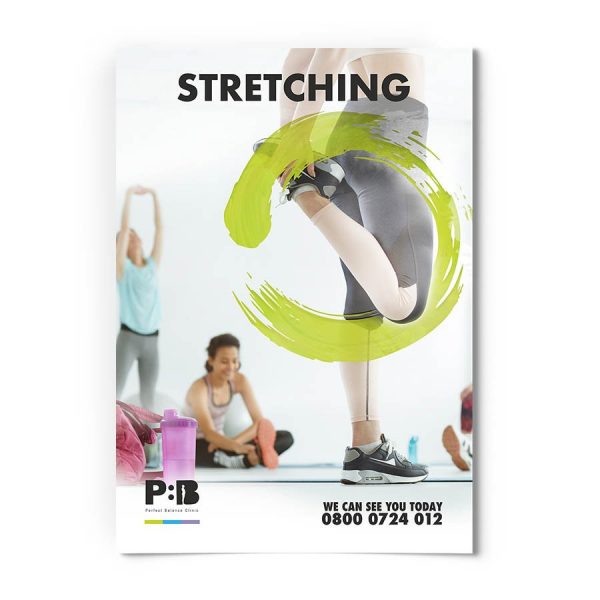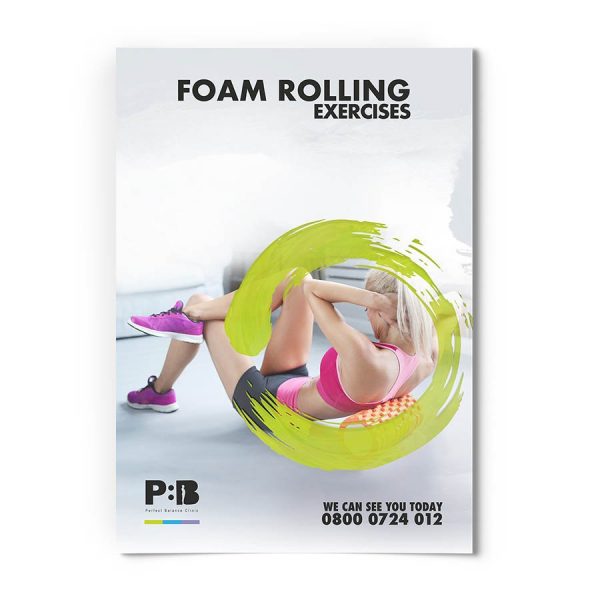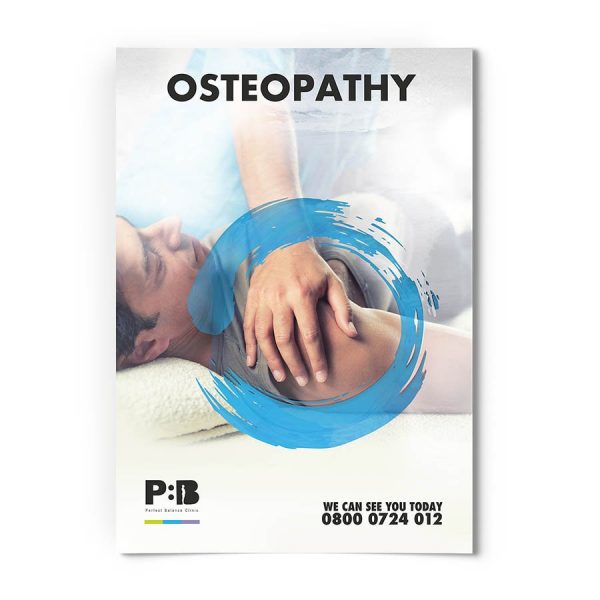Nerve flossing, also known as neural gliding or nerve gliding, encompasses a gentle exercise methodology designed to enhance nerve mobility, reduce pain, and improve overall functionality. This technique proves particularly beneficial for conditions characterised by nerve tension or tightness, such as sciatica, herniated discs, and muscle strains. Within this comprehensive guide, you will discover a comprehensive overview of nerve flossing exercises that target the lower limb, serving as a valuable resource for individuals seeking pain relief or aiming to supplement their therapy sessions.
Understanding Nerve Flossing
Nerve flossing is a non-invasive, therapeutic exercise that aims to restore the proper flow of nerves. It involves a sequence of stretching and gliding movements that serve to release nerve tension, increase mobility, and lessen discomfort. It’s commonly used in conjunction with other treatments for optimal effectiveness. The goal is to improve the movement of nerves within their surrounding tissues, thus reducing nerve tension and associated symptoms.
Sciatic Nerve Flossing Exercises
The sciatic nerve, the longest nerve in the body, can often be the source of lower limb discomfort. Here are some exercises to help alleviate sciatic nerve pain:
Neural Mobilisation in Sitting SLUMP with Dorsiflexion
This exercise involves sitting on a chair, slouching forward, placing your hands behind your back, and bending your head forward. One leg is then slowly straightened as you pull your toes towards you, maintaining the position when a gentle stretch is felt.
Supine Sciatic Nerve Glide
Lying on your back with a knee and hip bent at 90 degrees, straighten the knee without moving the thigh. Once the knee is fully extended, actively pull the toes toward your shin. When a pulling sensation is felt along your leg, let go and return to the starting position.
Sciatic Nerve Glide in Supine with Hips and Knees in 90-90 Position
Lay on your back with your knees and hips resting on support and bent to 90 degrees. Straighten one knee as much as you can then pull the toes toward your shin. Let go when you reach the point where you feel a pulling sensation along your leg, then return to the starting position and repeat.
Neural Mobilisation of the Sciatic Nerve (ADD-Int. Rot) in SLR
Lay on your back and wrap a looped elastic around the foot. Hold the end of the elastic with your hand and lift the leg up towards the ceiling until a light stretch is felt. Slowly turn your leg towards the inside and pull on the belt to move the leg towards the inside.
Femoral Nerve Flossing Exercises
The femoral nerve is crucial for leg straightening. Here are some exercises to help alleviate femoral nerve discomfort:
Femoral Nerve Neural Mobilization in Unilateral Active PKB (Prone Knee Bend)
Lay on your front on an elevated surface with one leg on the bed and the other leg straight in contact with the floor. Bend your knee of the horizontal leg (heel to buttock) and maintain the position when you feel a stretching sensation. Repeat.
Prone Femoral Nerve Glide
Lay on your stomach with bent elbows (so you are resting on your forearms). Start by bending the knee of the involved side as much as possible, keeping the thigh on the table. Next, lower the leg back on the table at the same time as you lift the trunk up by pushing with your forearms. Alternate between these motions, bending the knee and extending the trunk.
Sural Nerve Flossing Exercises
The sural nerve provides sensation to the outside of the foot and small toe. Here’s an exercise for sural nerve flossing:
Sural Nerve Flossing Gliding Exercises (DF-Inv) in SLR
Lay on your back. Pull the affected knee towards the chest, supported by your hands. Gently straighten the leg by lifting the foot towards the ceiling until a light stretch is felt. Slowly turn your foot towards the inside and bend your ankle towards you.
Peroneal Nerve Flossing Exercises
The peroneal nerve provides sensation to the front and sides of the legs and the top of the feet. Here are some exercises for peroneal nerve flossing:
Peroneal Nerve Flossing Gliding Exercises (DF/Inv) in SLR
Lay on your back. Pull the affected knee towards the chest, supported by your hands. Gently straighten the leg by lifting the foot towards the ceiling until a light stretch is felt. Slowly point your foot and turn it towards the inside.
Peroneal Nerve Flossing Gliding Exercises (PF/Inv) in SLUMP
Sit on a chair. Interlock your fingers and place your hands together behind your back, allow your lower back to slouch and bend your head forward. Slowly straighten one leg until you feel a gentle stretch, then slowly point your foot and turn it towards the inside.
Lower Extremity Nerve Flossing Gliding Exercises
Lay down on your side with legs slightly bent. Extend the top knee and then flex the hip to bring the leg forward. Let it rest on the floor. Pull the foot up (toward your shin) until you feel a pulling sensation along your leg, then extend your foot to relax. Alternate these 2-foot positions.
Tibial Nerve Flossing Gliding Exercises
The tibial nerve provides sensation to the bottom of the foot. Here are some exercises for tibial nerve flossing:
Exercises for the Tibial Nerve Flossing and Gliding (DF/Ev) in SLUMP
Sit on a chair. Put your hands behind your back, fingers interlocked. Bend your head forward and let your lower back slouch. Slowly extend one leg until you feel a little stretch, then bend the ankle toward you while turning the leg and foot outward.
Tibial Nerve Flossing Gliding Exercises (Ext Rot + DF/Ev) in SLR
Lay on your back. Pull the affected knee towards the chest supported with your hands behind it. Gently straighten your leg by lifting your foot towards the ceiling until a light stretch is felt. Slowly turn your leg and your foot towards the outside and bend your ankle towards you.
Safety and Health Precautions
It’s crucial to keep in mind that although nerve flossing is typically safe, it should never cause pain. If you start feeling any discomfort, cease the exercise immediately. Always start cautiously and gradually increase the repetitions as your body adapts. During your workout sessions, it’s essential to keep your muscles relaxed and maintain consistent, deep breathing. Prior to embarking on any new exercise program, consult with your doctor to ensure the safety of the exercises, especially if you currently have an existing ailment or injury.
Conclusion
Nerve flossing is a valuable tool in managing and alleviating lower limb pain. By integrating nerve flossing with conventional physical therapy, one can significantly enhance their range of motion and alleviate discomfort. Nevertheless, it is imperative to execute these exercises accurately and under the supervision of a healthcare professional to prevent potential injuries. It is important to bear in mind that these exercises are not universally applicable and may not be suitable for everyone. Hence, consulting with a healthcare provider prior to commencing a nerve flossing regimen is essential to determine its suitability for your individual needs and conditions.
By incorporating nerve flossing exercises into your routine, you can take an active role in managing your lower limb pain and improving your overall mobility and quality of life. Remember, achieving consistency is crucial to experience the positive outcomes of these exercises. Initiate your practice slowly, listen attentively to your body, and progressively intensify your routine as your body adapts. With the passage of time and a patient approach, you can anticipate notable improvements in your symptoms and overall well-being.
Empower your health with nerve flossing gliding exercises. Why not request more info and make a change?
This article was written by our team of specialist therapists at Perfect Balance Clinic. If you would like more specific advice about how our team can help you with this condition or symptoms you may be having, please complete the contact form below and one of the team will get back to you shortly.


















